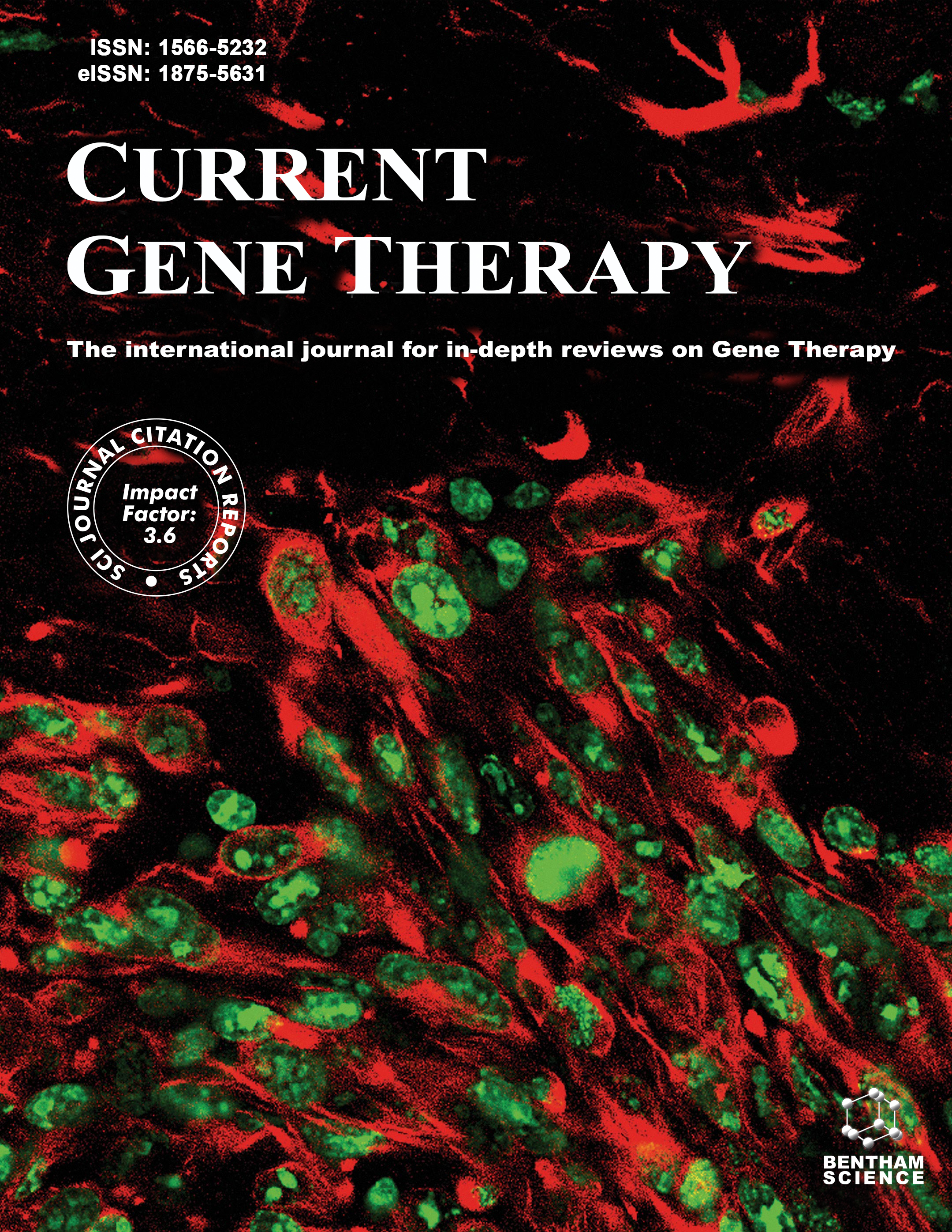
Full text loading...
The evolution of genetic exploration tools, from laborious methods like radiation-induced mutations to the transformative CRISPR-Cas9 system, has fundamentally reshaped genetic research and gene editing capabilities. This journey, initiated by foundational techniques such as ZFNs and TALENs and culminating in the groundbreaking work of Doudna and Charpentier in 2012, has ushered in an era of precise DNA alteration and profound insights into gene functions. The CRISPR/Cas9 system uses the Cas9 enzyme and guides RNA (gRNA) to precisely target and cleave DNA, with subsequent repair via error-prone NHEJ or precise HDR, enabling versatile gene editing. Complementary computational tools like E-CRISP and Azimuth 2.0, alongside advanced deep learning models like DeepCRISPR, have significantly contributed to refining CRISPR experiments, optimizing gRNA efficiency, and predicting outcomes with greater precision. In clinical applications, CRISPR-Cas9 shows great promise for treating complex genetic disorders like sickle cell disease and β-thalassemia, but faces challenges such as off-target effects, immune responses to viral vectors, and ethical issues in germline editing. Overcoming these challenges requires meticulous experimentation and robust regulatory frameworks to ensure responsible and beneficial utilization of the CRISPR-Cas9 technology across diverse fields, including cancer treatment, genetic disease therapies, agriculture, and synthetic biology, while continually addressing ethical, safety, and legal considerations for its advancement and widespread adoption.

Article metrics loading...

Full text loading...
References


Data & Media loading...

